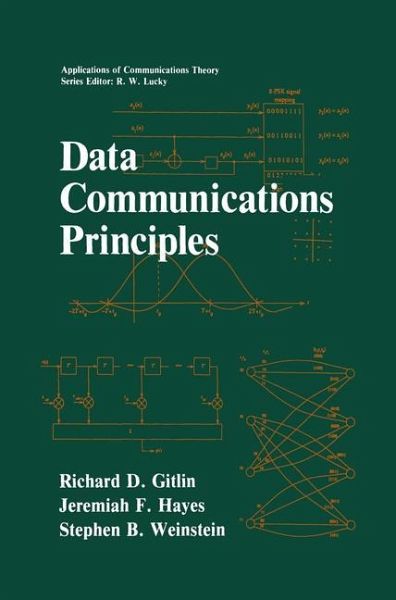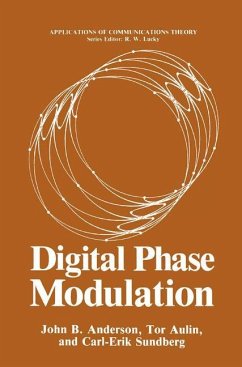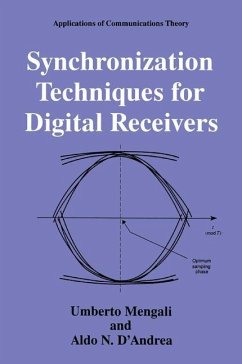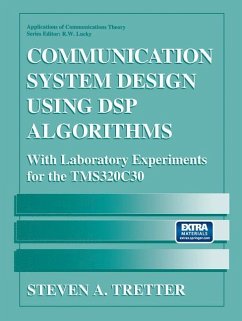
Data Communications Principles

PAYBACK Punkte
77 °P sammeln!
This unique text, for both the first year graduate student and the newcomer to the field, provides in-depth coverage of the basic principles of data communications and covers material which is not treated in other texts, including phase and timing recovery and echo cancellation. Throughout the book, exercises and applications illustrate the material while up-to-date references round out the work.














